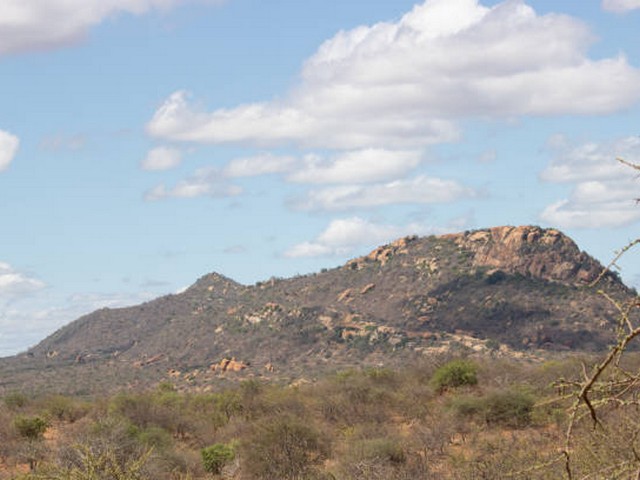Capturing Sunrise At Kilimanjaro’s Summit: Tips For Photographers
Standing at the top of Africa as the sky blooms with the first light of day is a moment that transcends the ordinary. Mount Kilimanjaro’s summit, known as Uhuru Peak, offers an unparalleled platform for witnessing and capturing the majesty of sunrise—where the heavens seem to be painted by the gods themselves. For photographers, both amateur and professional, this experience is not just about clicking pictures; it’s about capturing a lifetime memory. In this blog post, brought to you by the Kilimanjaro Centre for Trekking and Ecotourism (KCTE), we provide you with expert tips to capture the perfect sunrise at Kilimanjaro’s summit.
Why Photograph Sunrise at Kilimanjaro?
The summit of Kilimanjaro is not only a geographical marvel but also a canvas of natural beauty. As the highest peak in Africa, it offers breathtaking views of the surrounding landscape illuminated by the early sun. The colors and textures created by the sunlight filtering through the clouds can add a magical quality to your photographs, making them truly unique.
Preparing for Your Journey
Training and Gear
Before you even think about shutter speeds and lens choices, focus on what it takes to actually be there. Climbing Kilimanjaro is a challenging endeavor that requires physical fitness, determination, and proper gear. Start by getting in shape through regular hikes and cardiovascular training. Additionally, ensure you have the right clothing, a sturdy pair of boots, and all necessary climbing gear.
Photography Equipment
When it comes to photography gear, balance is key—you need equipment robust enough to handle harsh conditions but light enough not to impede your climb. A good DSLR or mirrorless camera with a weather-sealed body is ideal. Lens choices might include a versatile zoom lens and a fast wide-angle lens for those expansive landscape shots. Don’t forget extra batteries (kept warm in your pockets to preserve life), plenty of memory cards, and a lightweight tripod.
Best Time to Capture the Sunrise
Timing your climb to reach the summit for sunrise, known as the ‘golden hour’ in photography, is crucial. Most climbers start the final ascent around midnight to reach Uhuru Peak just in time for the sunrise. This timing not only promises spectacular photographic opportunities but also offers a more manageable climb through the freezing temperatures of night.
Photography Tips at Uhuru Peak
Understanding Light
The rapidly changing light at dawn can be challenging to work with. Start with setting your camera to handle low light conditions. High ISO settings can be useful, but be wary of noise. As the light increases, adjust your settings accordingly. Bracketing exposures is a good strategy to ensure you capture the wide dynamic range of the sunrise.
Composition Techniques
Use the rule of thirds to give your photos depth and interest. Position the horizon along one of the horizontal lines, or place the sun at an intersection point to create balance in your shots. Look for silhouettes or climbers in action for a dynamic element in your foreground.
Focus on Details
While the grand vista is awe-inspiring, don’t overlook the smaller details. The texture of the ice or the patterns in the clouds can make for intriguing subjects. These elements often capture the essence of Kilimanjaro’s unique environment.
Safety and Environmental Considerations
Always prioritize safety over photography. Stay aware of your surroundings and keep clear of dangerous spots. Additionally, practice ‘Leave No Trace’ principles to preserve the beauty of Kilimanjaro for future generations. Respect wildlife, carry out all trash, and avoid causing damage to plant life.
The Kilimanjaro Centre for Trekking and Ecotourism (KCTE) Experience
At KCTE, we are dedicated to providing an unforgettable climbing and photographic experience. Our guided tours are designed not only to help you reach the summit but to do so in the most scenic and photogenic way possible. Our expert guides are trained in high-altitude trekking and are knowledgeable about the best spots and times for capturing the perfect shot.
Frequently Asked Questions
Q1: What is the best season to photograph the sunrise at Kilimanjaro?
A1: The best times are during the dry seasons, from June to October and from December to March, when the skies are clearest.
Q2: How difficult is the climb to Uhuru Peak?
A2: Climbing Kilimanjaro is a challenging yet achievable feat for most healthy individuals. Proper preparation, training, and guidance are essential.
Q3: Do I need special permissions to photograph on Kilimanjaro?
A3: No special photography permissions are needed for personal use; however, commercial photographers may require permits.
Conclusion
Capturing the sunrise at Kilimanjaro’s summit is more than just a photographic journey; it’s a life-changing experience that combines adventure, beauty, and the thrill of achieving something extraordinary. If you’re ready to take on this adventure and bring back stunning photographs, consider booking your climb with Kilimanjaro Centre for Trekking and Ecotourism (KCTE). Let us help you make your dream of capturing the Kilimanjaro sunrise a reality. Visit our website or contact us today to start planning your journey!
Embark on this magnificent adventure where not only the views but also the sense of accomplishment will leave you breathless. Capture the sunrise from Africa’s rooftop—where every picture has a story, and every moment is a memory etched in time.




